When we were in elementary school, we learned about the concept of "garbage sorting" from natural textbooks. Despite the fact that there are still a large number of household garbage that cannot be properly classified and recovered so far, it is believed that many people have the concept of “recyclingâ€. Nowadays, with the upgrading of consumer-grade electronic products, fewer and fewer devices are needed to use dry batteries in life. On the contrary, many people have started “new energy vehiclesâ€. The power battery in a new energy vehicle is also a large battery. When the cycle life is exhausted, where does it go? On January 26, 2018, the Interim Measures for the Management of the Recycling and Utilization of Power Battery for New Energy Vehicles jointly issued by the Ministry of Industry and Information Technology, the Ministry of Science and Technology, the Ministry of Environmental Protection, the Ministry of Transport, the Ministry of Commerce, the General Administration of Quality Supervision, and the Energy Administration, The concept of "battery recycling" sounds a bit retro, once again pushed to the cusp. The vast majority of batteries used rare metals and other materials can be recycled and reused, as well as the power batteries of new energy vehicles. However, the vast majority of batteries still have more than half of their available capacity when they reach the design life. If these power batteries are directly dismantled and recycled materials are used, some waste is inevitable. Therefore, at present, the more conventional method for the recycling of power batteries for new energy vehicles in various countries is to use the method of step-by-step utilization to squeeze the surplus value of the battery to the maximum, and then to dismantle it and salvage recyclable materials such as rare metals for regeneration. The so-called step-by-step utilization refers to the degraded application of the product that reaches the design life so that it can continue to use its functions. Due to the concept of sustainable development with low carbon and environmental protection, the concept of ladder utilization is common in military, lighting, automobiles, and batteries. Due to the use of ladders, target products that still have a certain residual value tend to be downgraded, instead of being shuffled after repackaging. So conceptually, it is very different from what we often call "renovation." In the field of new energy vehicles, for those power batteries whose residual capacity is still above 70%, after strict selection and testing, they can be further used in energy storage, photovoltaic power generation, domestic power consumption, and even low-speed electric headlights. Because these industries do not have a high demand for battery energy density, even a 70% residual capacity battery can still exert its maximum value. Do not look at the development speed of new energy vehicles of many foreign car companies is not faster in China, but in the use of power batteries and recycling, they want to be more long-term. Nissan and Sumitomo from Japan jointly established a 4R Energy energy company in 2010 to reuse and recycle spent batteries from Nissan Leaf's pure electric vehicles. For example, 4R Energy's building has deployed an energy storage system consisting of 24 Nissan Leaf's power batteries. They can store energy during peak hours and provide basic energy supply to the building during peak hours. Do not think that 4R Energy is doing this only for "energy saving and environmental protection." With the help of these power batteries, you can save a lot of electricity costs in one year. Compared with Japan, which has a stronger collective consciousness, the United States clearly pays more attention to the needs of families and individuals. Starting in 2011, GM and ABB launched an exploration of the recycling of Chevrolet Volt power batteries. General Motors hopes to use the battery pack after the retirement of the Chevrolet Volt to store energy, supplement domestic demand, and return to the grid when necessary. The following year, GM and ABB demonstrated their results in San Francisco: After integrating five recycled Chevrolet Volt power battery packs into an integrated device, it can easily support the power needs of 3-5 US households for two hours. In addition to being able to effectively provide home life needs during power outages, it can also compensate for the gaps in solar, wind and other clean energy generation. In Europe, the government also actively participated in the process of battery recycling. In 2010, SÃœD Group was commissioned by the German Construction Research Institute to start a research project on the "recyclability of power batteries for pure electric vehicles". The project was strongly supported by the German government and was sponsored by the German Energy and Climate Research Institute. Subsequently, Bosch and BMW also launched cooperation on the recycling of power batteries in 2015. Bosch hopes to build a large-scale 2 MWh photovoltaic energy storage system with the help of power batteries that have been retired from Active E and i3. Although it sounds like 2 megawatt-hours is not a big figure, you need to know that this plan can take a few years to build a 129 MWh storage system in Bitsila. Although our country's batteries started a little later than Japan and South Korea and other battery-powered countries, the east wind riding on electrification has also developed very rapidly. In the past 2017, the sales volume of new energy vehicles in China was about 700,000, and the total number of new energy vehicles in China has reached 1.6 million. Some industry insiders predict that by 2020 China's cumulative battery power will reach 32.2GWh, which will prompt the overall size of the battery recycling market to rapidly expand to more than 15 billion yuan. If calculated according to the design life of the power battery for 5-8 years, starting this year, China's new energy vehicle field will usher in a “small upsurge†of the retiring of a wave of power batteries, and the recycling of power batteries will become a priority for all. A thorny problem. Previously, there have been comments in China that the environmental protection of new energy vehicles is a “pseudo-proposition.†One of the major questions is whether “the recycling of power batteries will cause greater harm to the environment?â€. In October last year, China’s Interim Measures for the Management of Recycling and Utilization of Power Battery for New Energy Vehicles, which was submitted to the World Trade Organization, clearly stipulated the design, entry, and production phases of new energy vehicle power battery companies to sales. Maintenance replacement phase, and requirements for recycling, scrap, step-by-step utilization, and recycling phases. The basic principle is: The battery manufacturer is responsible for the recovery, and the professional recycling company is the supplement. The two parties jointly guarantee the use of the power battery of the new energy vehicle and safe and harmless disposal. As one of the leading battery suppliers in China, BAK has already laid out the use of power batteries in order. It has been reported to relevant national ministries and commissions since 2015. In the report, Bick has accurately measured and estimated the utilization of future batteries. The results show that the utilization efficiency of power battery problems will be considerable, and mainly concentrated in four aspects: First, the backup battery equipment of the communication base station, even if the possible power star of China's communication base station is low, but it still needs backup energy to prevent From time to time, followed by standby power supply on the train high-speed rail, when the vehicle encounters an unexpected situation, it can rely on the backup power supply to send the vehicle and passengers to a safe place. Thirdly, in the defense industry, a large amount of backup energy is also very necessary. The last is the storage of renewable energy, such as wind power, tidal power, photovoltaic power generation and so on. In order to make better use of these renewable energy sources, large-scale energy storage devices are also needed. China's new energy vehicles have gradually entered the fast track of rapid development. In 2016, the mainstream of pure electric vehicles lasted less than 300 kilometers, and now they have begun to enter the 500-km mark. This includes technological advances in motors, electric control, and body weight reduction, as well as a rapid upgrade of power battery technology. The field of power batteries in the future will not only increase production capacity, satisfy more and more demand for new energy vehicles, but also begin to address the coming “retirement tide.†Therefore, besides BAK, domestic first-class battery manufacturers like BYD, Ningde, Guoxuan Hi-Tech etc. have also started to plan for battery recycling and reuse, with a view to quickly gaining a foothold in this emerging market. With the gradual implementation of these companies' strategies, the market for future power battery recycling will gradually mature, and the “pseudo-environmental†name of new energy vehicles will disappear. Paraffin Machine,Paraffin Molding Machine,Industry Paraffin Making Equipment,Paraffin Production Line For Industry Dalian Iceberg Freeze-dry Technology Co.,Ltd , https://www.freezedrydliceberg.com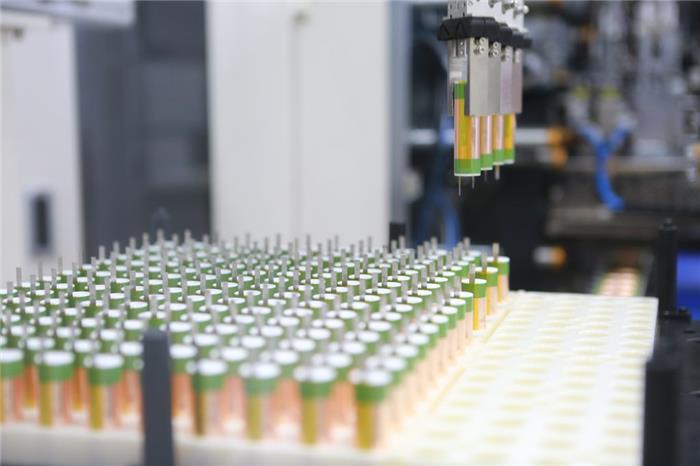
![]()
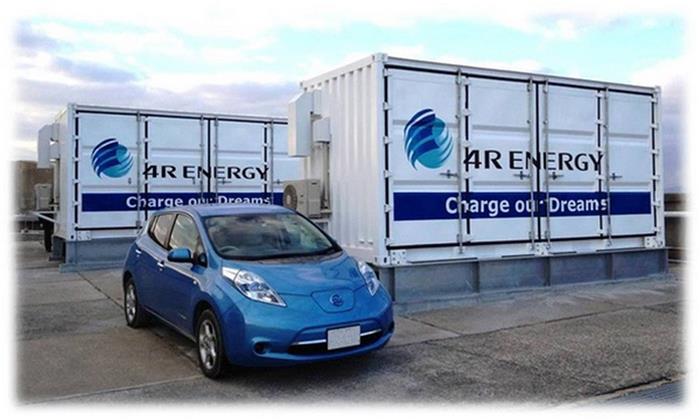
![]()
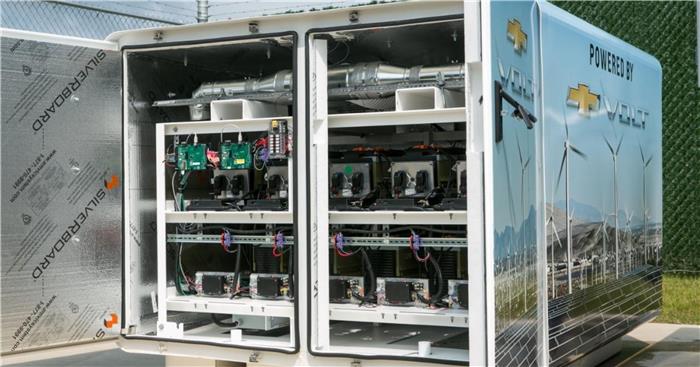
![]()
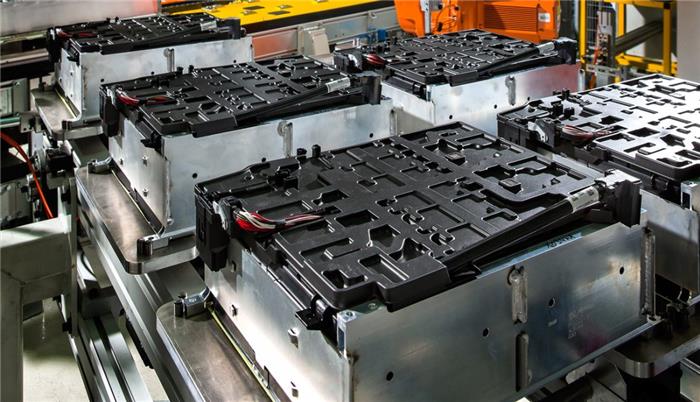
![]()
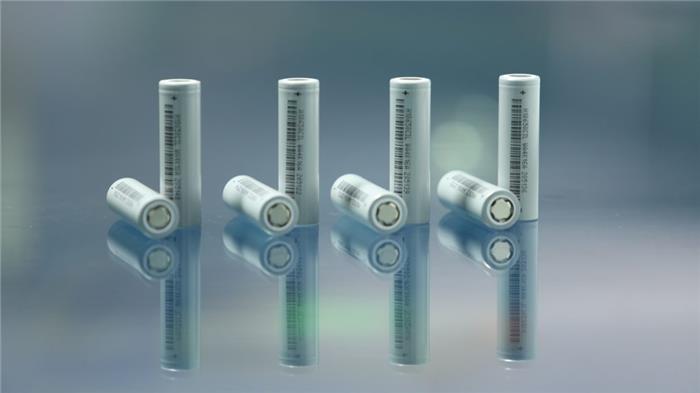
![]()